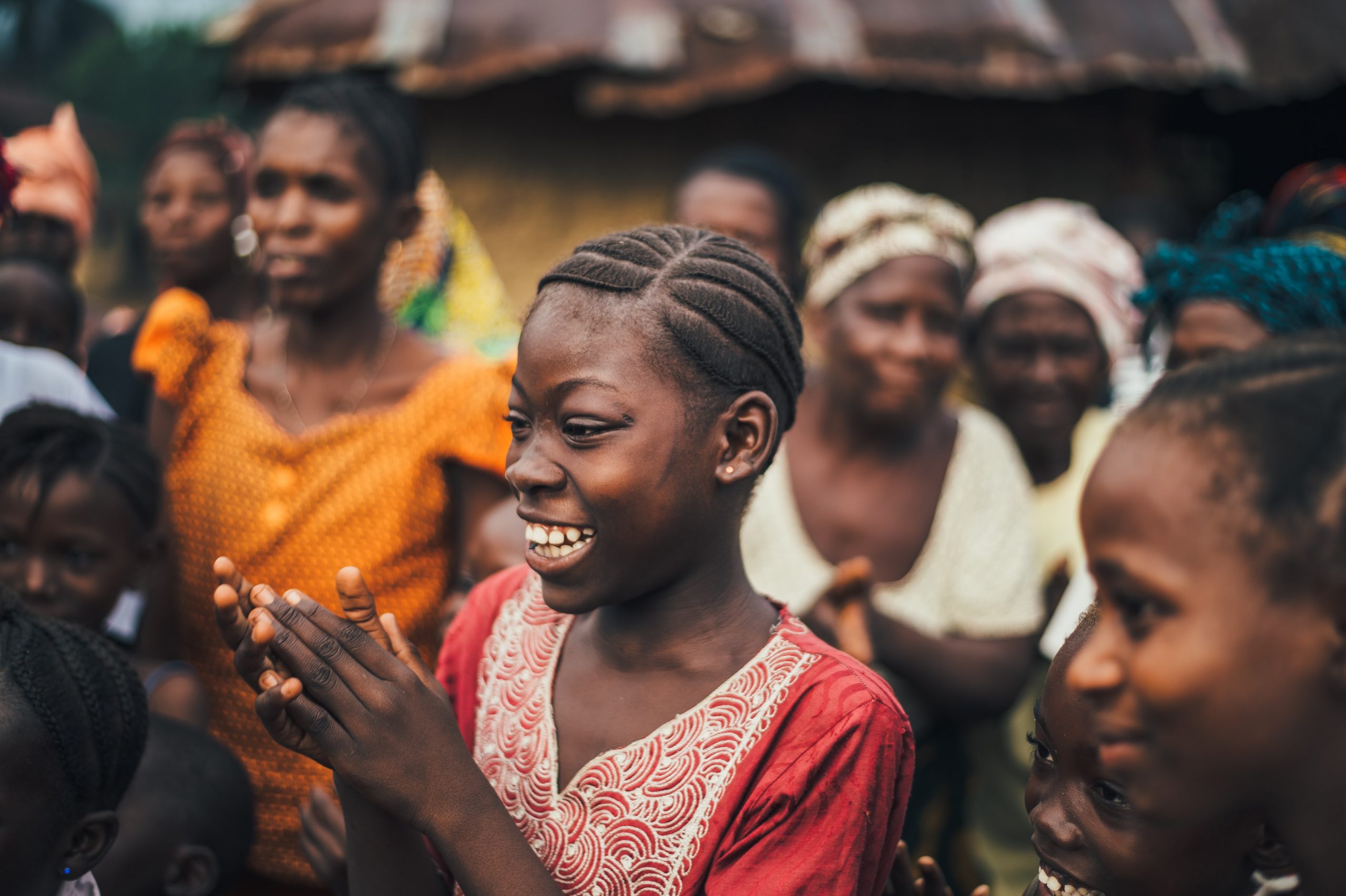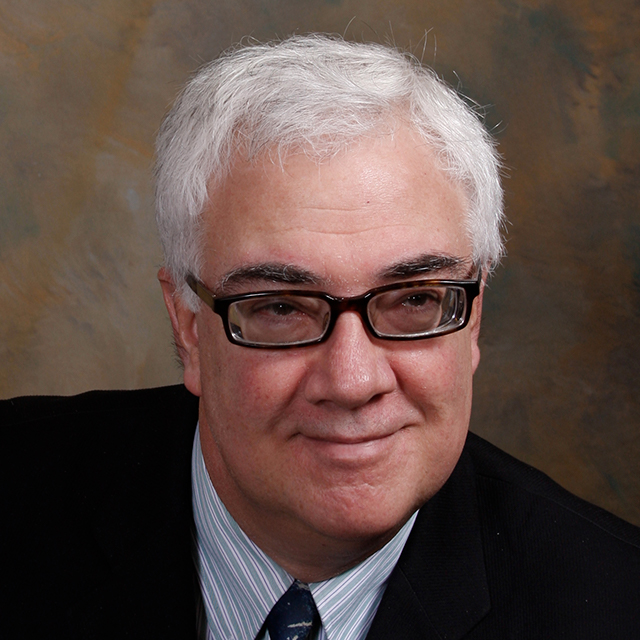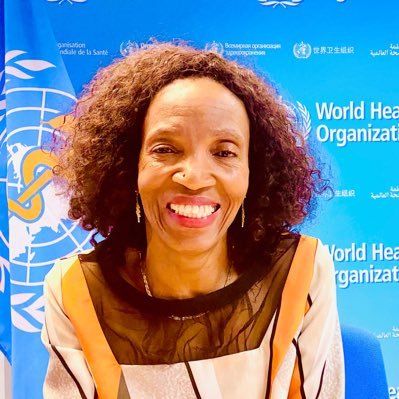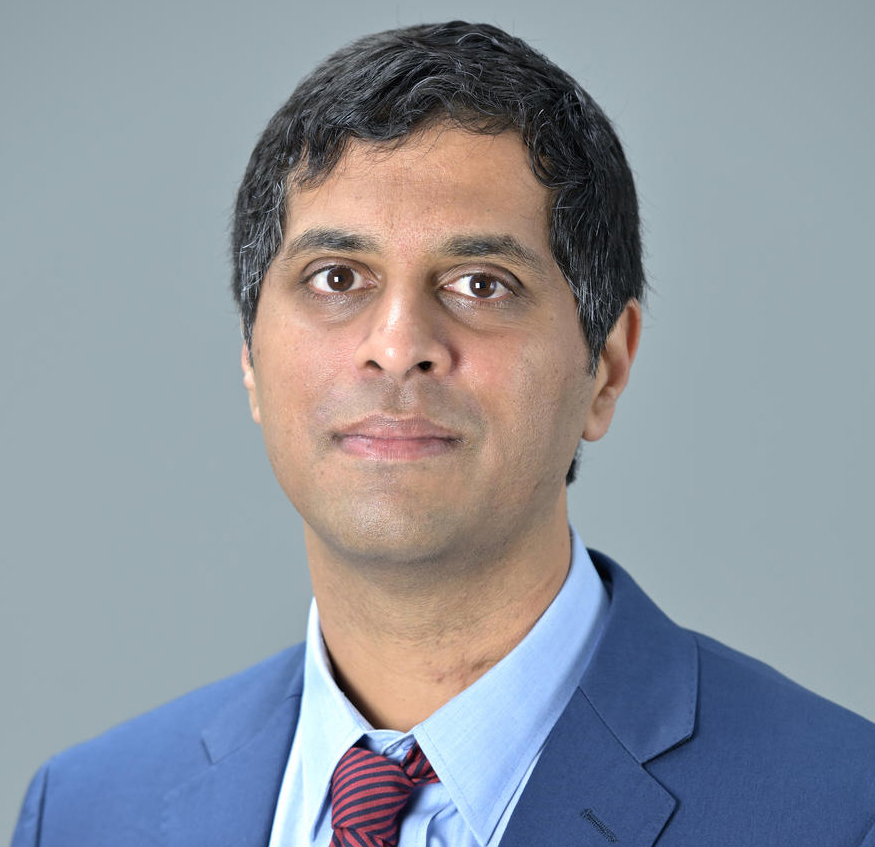International HPV Awareness Day—March 4, 2021 featured international experts on how to improve global HPV vaccination and screening
By Pamela Tom, HPVANDME Founder
The annual messaging of International HPV Awareness Day never wavers: HPV affects everyone but it is a virus that we all can beat. This year’s campaign amplified the increased threat of HPV cancers worldwide with a dynamic webinar on how to improve global HPV vaccination and screening, featuring international experts. The International Papillomavirus Society (IPVS) hosted the virtual event, moderated by Rageh Omaar, ITV News International Affairs Editor.
Help provide HPV awareness:
watch/share HPVANDME’s new public service announcement.

De-Stigmatizing HPV
The human papillomavirus is a sexually transmitted infection. The prevalence and ubiquity of sex contributes to HPV’s ranking as the most common STI. HPV carries a social stigma that the experts say is a critical barrier to increasing HPV vaccination rates and that the stigma must be reduced to prevent misinformation.

Dr. Joel Palefsky, UCSF
“Stigma is a major issue all around. Body parts that HPV infects are stigmatized in and of themselves and we don’t like to talk about them publicly,” said Dr. Joel Palefsky, infectious disease specialist at UC San Francisco and chair of the International HPV Awareness campaign.
Furthermore, HPV’s sexual component also reinforces the importance of vaccination for both sexes.
Don’t Forget the Boys

Peter Baker, European Cancer Organisation
With that goal in mind, Peter Baker supported the need to include boys and men in the HPV awareness campaign. Mr. Baker is a HPV vaccination advocate currently working with the European Cancer Organisation. He also helped lead a five-year campaign called HPV Action that convinced the government to extend HPV vaccination to boys in the United Kingdom.
“Even in the countries which vaccinate very high proportions of women as in the UK and parts of other countries in Europe and Australia, nevertheless still 10 to 15 percent of women are not vaccinated and so men are still vulnerable to infection from those women,” said Bakar. “Also, of course, men who have sex with men are completely unprotected by a vaccination program just for girls.”
Addressing Health Equity
The inequity of vaccine accessibility extends beyond gender; lower income countries cannot compete with richer countries for coveted and expensive vaccines.
“There’s a huge struggle in getting the vaccines into lower income countries. The Vaccine Alliance has been able to negotiate vaccine prices for just under $5 for a vaccine dose. In high income countries can sell the same up to 100 to 200 US Dollars. The doses available move to high income markets more than the countries that really need it,” said Dr. Princess Notemba Simelela. Dr. Simelela is the Assistant Director-General for Family, Women, Children and Adolescents at the World Health Organization (WHO).

Dr. Princess Simelela, World Health Organization
According to the Gavi website, nearly four million girls have received the HPV vaccine under its efforts. The program’s goal: vaccinate 14 million girls and avert 300-thousand deaths from cervical cancer. Thus far, 18 of 27 approved countries have introduced the HPV vaccine into their national immunization programs, including countries with the highest incidents of cervical cancer: Malawi, Uganda, the United Republic of Tanzania, Zambia and Zimbabwe.
Dr. Simelela pointed out that Rwanda represents a true success story. In 2020, a Vaccine Journal study found Rwanda’s “population-level HPV vaccination coverage increased from 6% for girls born in 1993 up to a maximum of 99% for those born in 2002.”
While HPV-related oropharyngeal cancer is now the #1 HPV cancer in the US, cervical cancer remains the fourth leading cancer in women worldwide.
“86 percent of cases are in the developing world so there is a massive equity problem, but we do have the tools to beat it in terms of vaccination. Also we have screening,” said Prof. Margaret Stanley, president of the International Papillomavirus Society.
So far men cannot be screened for HPV. In the developing world, the COVID-19 pandemic’s impact on screening for women complicated past challenges.
Leveraging the COVID Effect
COVID’s impact on HPV vaccination programs varies from country to country. In the US, cervical cancer screenings decreased 94 percent, according to Patti Murillo Casa, a cervical cancer survivor, patient advocate, and webinar panelist. Ms. Casa says due to COVID, she may no longer give school presentations about HPV prevention to parents and students.
In poorer countries, COVID ate away at healthcare services that were already strained.

Dr. Satish Gopal, National Cancer Institute
“Services aimed at healthy asymptomatic people have been reduced. It is worse in lower and middle income countries where healthcare systems may be under resourced, even at baseline,” said Dr. Satish Gopal, director of the Center for Global Health, National Cancer Institute.
On the positive side, the expert panel agreed that people more widely understand vaccines, in general, because of COVID’s reach into every crevice of the globe. The pandemic also created a vaccination infrastructure that can be adapted for HPV vaccination programs.
“There are already good models on how to deliver these components in community settings,” said Dr. Gopal. “Probably the best example is HIV treatment which is a fairly complex undertaking but has been successfully provided even to many patients in rural sub-Saharan Africa.”
Dr. Palefsky elaborated on the President’s Emergency Plan for AIDS Relief (PEPFAR) program that has now expanded the HPV program for women with HIV in sub-Saharan Africa to those without HIV. However, he remains hopeful that resources diverted to COVID efforts will not undercut HPV prevention programs.
And as COVID closed campuses around the world, school-based vaccine programs must find a way to catch up on missed vaccinations.
Catching Up on Vaccination
It can be done, according to Prof. Margaret Stanley, president of the International Human Papillomavirus Society (IPVS). In the UK, the Joint Committee on Vaccination and Immunisation (JCVI) developed a plan to make up for lost time.

Prof. Margaret Stanley, IPVS President
“Because schools closed, there are cohorts in the January term and Easter term who didn’t get their first or second vaccination,” said Prof. Stanley. “In 2021, the direction from the JCVI was that cohorts not vaccinated in 2020 would get one dose in 2021.”
The second dose will be delayed until the population reaches the immunity levels had the children received their full HPV vaccine cycle in 2020. Communities without school-based vaccination programs must depend on alternative solutions within their own medical infrastructures. However, Prof. Stanley believes this was a sound approach given the increased optimism that one dose of the HPV may be sufficiently effective against infection.
Dr. Palefsky says there is encouraging data that one dose of the HPV vaccine may be effective.
“We are waiting for results of clinical trials comparing one dose to two. If some of the early data borne out, I think that would potentially be a big game changer for the vaccination programs.”
Reversing Vaccine Hesitancy
Programs may be implemented; however changing people’s views about vaccines in general, and the HPV vaccine, in particular, may be more difficult.
As an immunologist, Prof. Stanley says the medical community must conduct more research as to why people refuse a remedy that can prevent cancer, and death.
“Vaccine hesitancy is one of the major barriers to vaccine uptake around the world. We need to start understanding why people will not take up a health prevention that is going to save their lives. Once I know this I can begin to design strategies to overcome this.”
Prof. Stanley also called for increased focus on healthcare professionals who may not be convinced of the HPV vaccine’s safety and efficacy. In addition, she said, “Social media poisons the view of vaccine safety. This is gossip on a global scale. We have to counter this.”
Educating Policymakers
HPV causes five percent of all human cancers in the world. HPV is preventable. The HPV vaccine prevents six cancers caused by HPV: cervical, oropharyngeal, anal, vaginal, vulvar, and penile.
It’s not only parents who don’t know these facts; policymakers who have the power to provide the necessary education and services may be largely uninformed.
Dr. Simelela told the webinar audience that she recently spoke with a head of state who did not know that HPV can cause cancer nor that a vaccine exists to prevent HPV infection.
“There are very few politicians who link HPV and cancer. When we talk about cancer, they see the big cost,” said Dr. Simelela. “More importantly, educate women. Once they understand, they can demand the services from their governments.”
Watch the full webinar of international experts on how to improve global HPV vaccination and screening.
